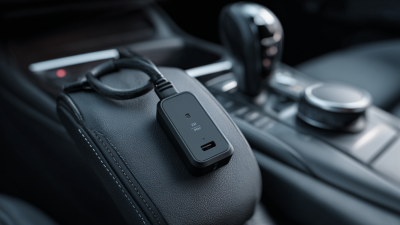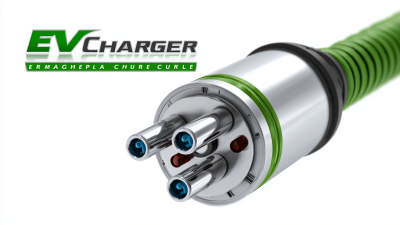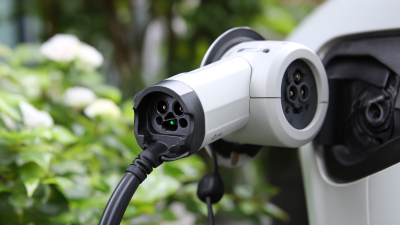As the world moves towards a greener future, the choice of an electric vehicle (EV) plays a crucial role in reducing our carbon footprint. However, selecting the right EV Car Charger Adapter is equally important to maximize the benefits of your eco-friendly journey. This guide aims to provide you with valuable insights into the various types of EV Car Charger Adapters available on the market, helping you discern which one best fits your vehicle and lifestyle.

By understanding the intricacies of each type, you can ensure that you are not only choosing an adapter that offers compatibility and efficiency but also one that aligns with your commitment to sustainability. Whether you are a seasoned EV owner or new to the electric vehicle market, this ultimate guide will equip you with the knowledge needed to make an informed decision, paving the way for a seamless and environmentally conscious driving experience.
As the demand for electric vehicles (EVs) continues to rise, understanding charging standards and compatibility is crucial for consumers. The global shift toward eco-friendly transportation has led to the establishment of various EV charging standards, including CCS (Combined Charging System), CHAdeMO, and Tesla's own connector. In 2022, the market for EV chargers was valued at approximately $9.5 billion, with projections indicating it could reach $23 billion by 2027, reflecting an annual growth rate of nearly 20% according to market research.
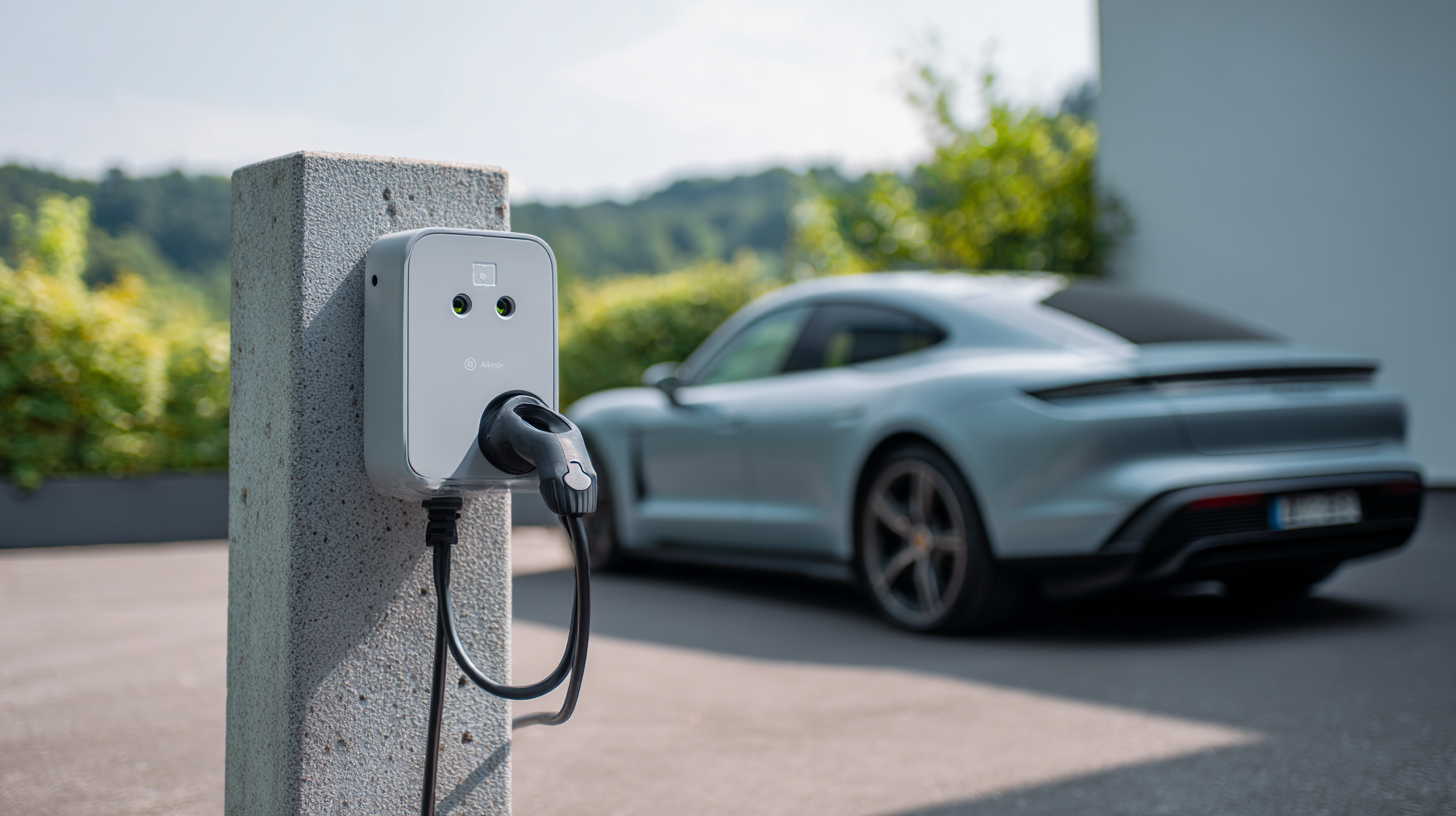
TÜV Süd's certification of Huawei's charging module in October 2020 underlines the importance of compliance with environmental reliability standards. This certification not only facilitates the interoperability of charging systems but also enhances consumer confidence in the safety and functionality of their charging infrastructure. With the growing sales of new energy vehicles in China projected to hit 11.5 million units, manufacturers are rapidly advancing in technology to ensure compatibility across different charging standards, thus removing barriers to widespread EV adoption.
Moreover, the implementation of compulsory certifications, such as the CCC certification for charging stations, marks a pivotal shift in standardizing EV charging solutions. This move addresses the fragmented ecosystem of charging interfaces, ensuring that consumers have access to reliable and compatible charging options. As automakers invest in charging technology, it becomes increasingly essential for users to understand these standards to choose the right EV charger adapter that aligns with their vehicle's requirements and contributes to an eco-friendly journey.
When choosing the right EV car charger adapter, understanding charging speeds is crucial. There are primarily three types of chargers:
Level 1, Level 2, and DC Fast Chargers.
Level 1 chargers, which typically use a standard household outlet, provide about 4 to 5 miles of range per hour. This option is ideal for those who can charge their vehicles overnight but is less practical for daily commutes.
In contrast, Level 2 chargers deliver 10 to 60 miles of range per hour, making them a more versatile choice for home chargers and public charging stations.
DC Fast Chargers stand out with their unparalleled speed, capable of providing 60 to 100 miles of range in just 20 minutes.
According to a report by the U.S. Department of Energy, public DC Fast Charging stations have risen by 150% since 2020, underscoring the growing infrastructure supporting faster EV charging.
For long-distance travel or busy lifestyles, investing in a vehicle compatible with DC Fast Charging is a wise choice.
Tips: Always check your EV’s charging compatibility with the charger types available.
If you frequently use public charging stations, consider a charging plan that includes a network of Level 2 and DC Fast Chargers for optimal convenience.
Additionally, assess your daily driving needs to determine the best charger for your home setup—this can significantly impact your overall EV experience.
When choosing an EV charger adapter, understanding the key factors such as amperage, voltage, and connector types is crucial for optimizing your charging experience.
Amperage, which refers to the amount of current flowing, plays a significant role in how quickly your vehicle can charge. Higher amperage levels lead to quicker charging times, but it’s essential to ensure that your home wiring and the charger itself can handle the increased load without risk of overheating.
Voltage is another vital factor to consider. Different electric vehicles operate on varying voltage levels—primarily, Level 1 chargers utilize 120 volts, while Level 2 chargers operate at 240 volts for faster charging.
Selecting the appropriate voltage for your vehicle not only ensures compatibility but also maximizes charging efficiency. Additionally, understanding connector types, such as J1772 for most U.S. vehicles or CCS for some European models, is important for seamless connections.
By paying attention to these critical elements, drivers can enhance their eco-friendly journey and enjoy a more reliable charging experience.
The rapid growth of the electric vehicle (EV) market highlights the increasing importance of efficient charging infrastructure, especially EV charger adapters. According to market predictions, the EV charging station market is expected to surge from $10.1 billion in 2025 to an impressive $79.28 billion by 2033. This expansion underlines the necessity for consumers to consider both the upfront costs and long-term savings when investing in EV charger adapters and installation.
When budgeting for an EV charger adapter, it is crucial to include installation expenses, which can vary significantly based on factors such as location and wiring requirements. Current industry analyses project a compound annual growth rate of 26.62% for smart EV charging stations, which are becoming more prevalent among consumers due to their efficiency and user-friendliness. Additionally, a substantial increase is anticipated in the North American DC charger market, expected to climb from $10.4 billion in 2025 to $26.15 billion by 2040. This trend emphasizes the financial benefits of transitioning to EV technology, as smart chargers not only offer convenience but also potentially reduce energy costs over time.
| Charger Type | Cost Range (USD) | Installation Cost (USD) | Charging Speed (kW) | Connector Type |
|---|---|---|---|---|
| Level 1 Charger | 300 - 600 | 200 - 400 | 1.4 - 1.9 | NEMA 5-15 |
| Level 2 Charger | 400 - 800 | 400 - 700 | 3.3 - 22 | J1772 |
| DC Fast Charger | 10,000 - 40,000 | 1,000 - 3,000 | 50 - 350 | CCS, CHAdeMO |
As the electric vehicle (EV) market continues to evolve, future trends in EV charging technology are becoming increasingly crucial for sustainable growth. Innovations in charging infrastructure will likely focus on enhancing efficiency and user convenience, with advancements such as ultra-fast chargers and smart charging solutions becoming more commonplace. These technologies not only reduce charging times but also support grid stability by optimizing energy use during peak and off-peak hours.
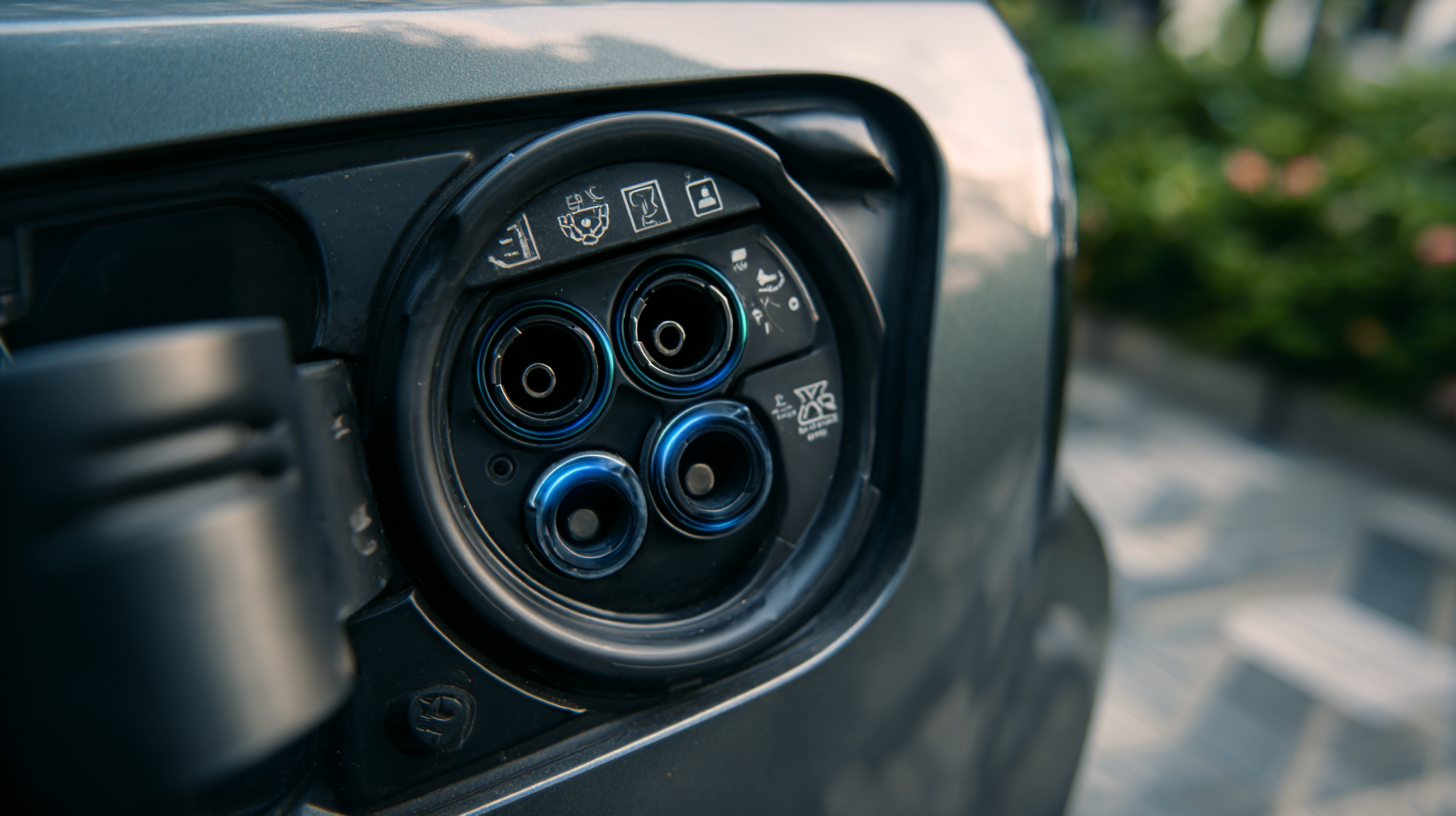
Moreover, the integration of renewable energy sources into charging stations can significantly boost the sustainability factor of EVs. Future developments may include more widespread use of solar-powered charging systems, which will help decrease reliance on fossil fuels and lower overall carbon footprints. Furthermore, the incorporation of artificial intelligence and machine learning into charging apps could enable real-time monitoring and predictive maintenance, ensuring that users always have access to the resources they need while minimizing downtime.
These innovations will play a pivotal role in addressing current consumer concerns about charging accessibility and reliability, thus fostering greater adoption of electric mobility solutions.
